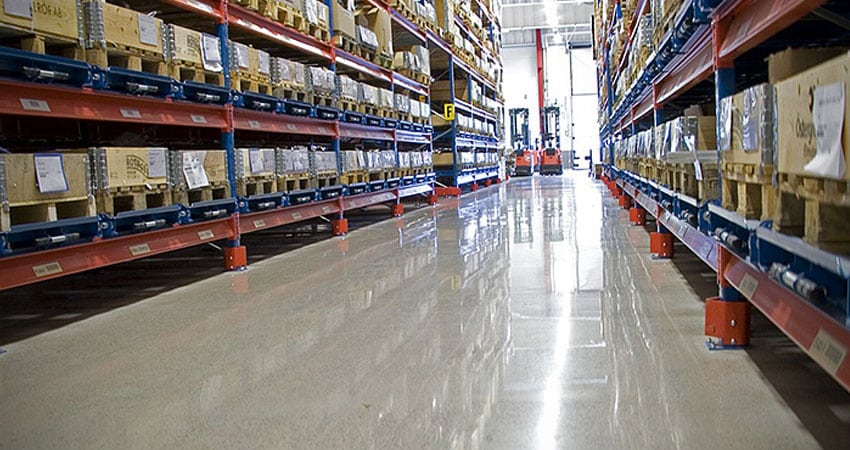As we perform operational assessments of distribution centers, we have found in the past 33 years that our first impression of the housekeeping and visual appearance is often a key indicator of how well a center is managed.
The housekeeping and organization disciplines in a well-run distribution center are just as important as managing the people, effective systems and productivity. In fact, organization and housekeeping contributes to the effectiveness of the use of space, customer service and how you handle orders.
For prospective customers of a third-party logistics provider, for example, the first impression is critical to the rest of the site visit. Here’s an example to illustrate. An apparel client visited a 3PL distribution center that was dirty enough to write your name in the dust on shelving and boxes. You could see on the prospect’s face an immediate wall go up. Great pricing, nice people, good systems but not an environment for apparel to be housed.
In our operations assessments we use these three housekeeping starting points:
- Is the center clean and organized and free of trash or clutter?
- How much congestion occurs in aisles, docks and work areas?
- What is the condition of all storage and material handling equipment?
We often see poor housekeeping in many centers. Let me give you two extreme examples. In the first one, the entire floor glistened. The lighting in all areas made it easy to read pick documents, carton labeling and assembly kits. We were amazed at how clean and organized it was. There were no broken pallets, pieces of shrink wrap or cardboard discarded on the floor to create trip hazards as in many centers. The center had won a national award for its effectiveness and productivity.
In the second center, over 80% of the pallet racking in the bulk storage area had serious damage problems from forklift operators. We felt it was on the borderline of unsafe and hazardous for employees – which management didn’t realize, since they hadn’t visited for a few years. Ultimately, they had to replace the entire racking system at a cost of $1 million.
There were also many pallets that had pet food spilling all over the floor, due to rough forklift handling and bag breakage, making rodents and insects a serious problem. From a systems standpoint, including compliance with operating procedures and maintaining operational records, the center was a disaster.
It took months of effort to change warehouse management and employee attitudes, clean up and eradicate pests and get the center productive again. The replacement racking systems had to go through a budget cycle and management review. It then took several months to install while the center operated well below its desired productivity. In the end the manager agreed to take retirement.
Two important areas to consider:
Employee pride: We find that this often is a general indicator of how employees and management do their work overall. If there isn’t employee pride and care about the place where they work, it often carries over to other critical responsibilities.
Safety: One of the major risks for distribution center employees is the operation of forklifts. According to OSHA, forklift accidents are responsible for approximately 100 deaths, 34,900 serious injuries and 61,800 minor annually, according to an article in Reliable Plant. Causes include a lack of training or inadequate training, careless drivers, improper tools and attachments and poor maintenance.
The reason housekeeping and organization often becomes an indicator is that we see the same lack of discipline many times carrying over into a lack of inventory accuracy and issues with warehouse security, procedures and systems compliance.
If you’re going to upgrade your housekeeping and distribution center organization do you have sufficient budget in place? Some things simply can’t be improved upon if they’ve been neglected for a long time. For example, if floors were not properly sealed and have not been maintained it may be hard to eliminate dust and make them shine. What responsibilities does each employee have to assume so it doesn’t become a big game of “that’s someone else’s problem”?
As you evaluate your center, determine if housekeeping and organization are indicators of other problems and disciplines that need to be improved.
Brian Barry is President of F. Curtis Barry & Company

